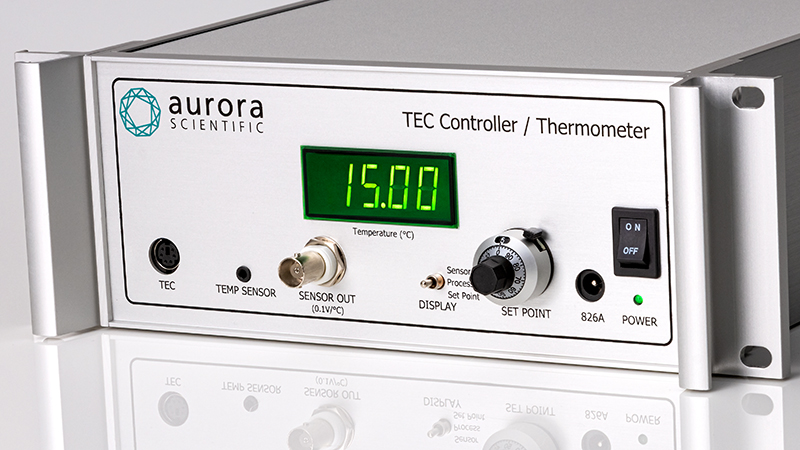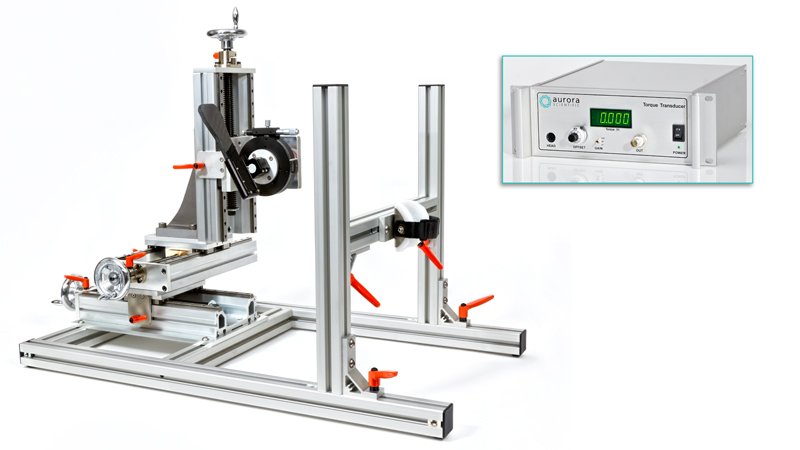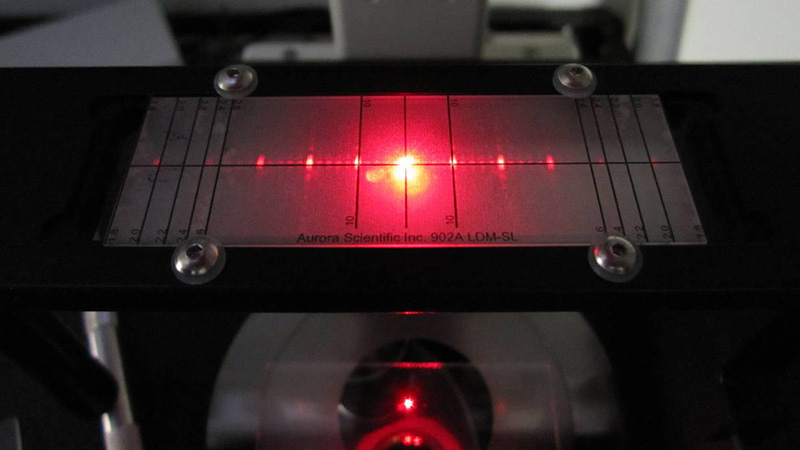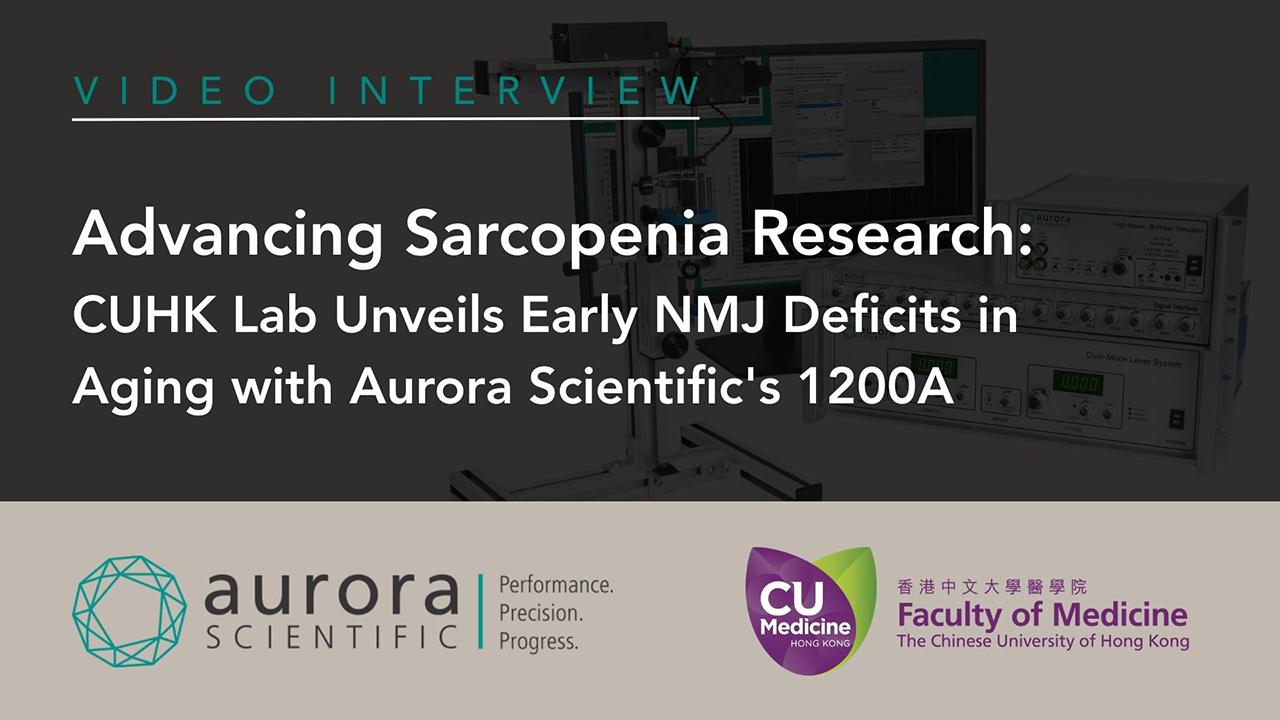Muscle Physiology Apparatus
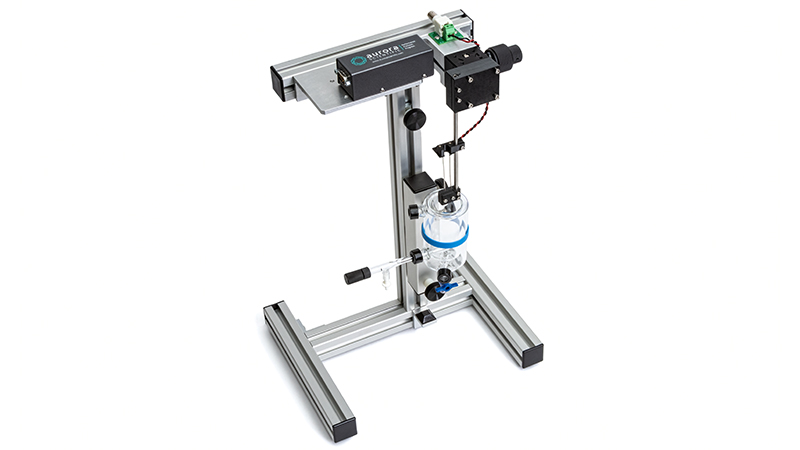
800C: in-vitro Muscle Apparatus
Flexible design makes these systems the ideal choice for measuring muscle properties of intact muscle tissue in mice and rats
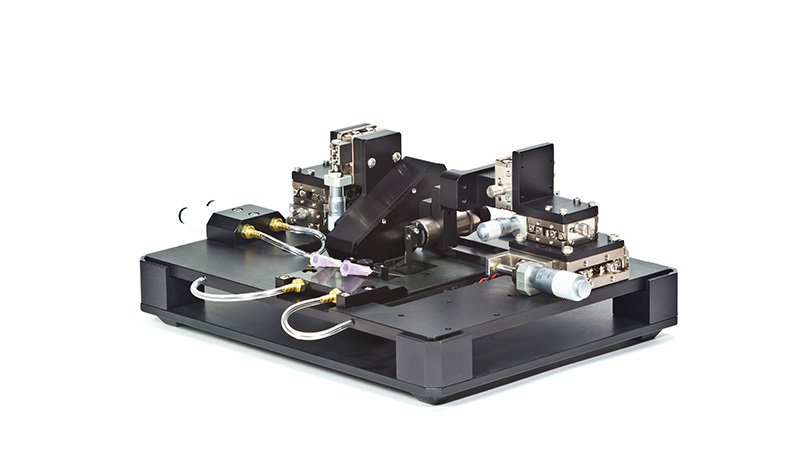
801C: Small Intact Muscle Apparatus – Microscope Mountable
Highly integrated apparatus, optimally designed to test small, intact muscle contractility
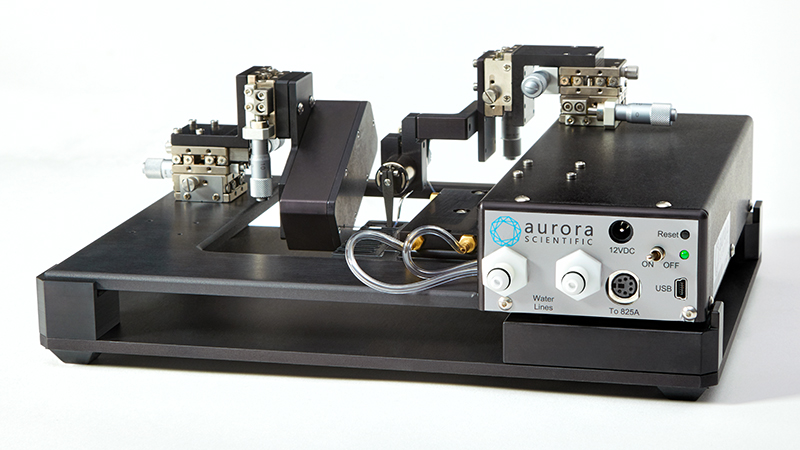
802D: Permeabilized Fiber Apparatus – Microscope Mountable
A multi-well automated test system for quick and accurate measurement of permeabilized fiber dynamics
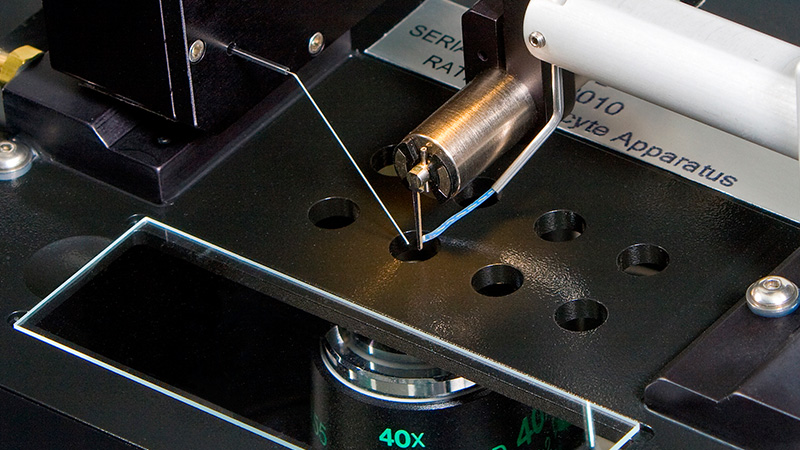
803B: Permeabilized Myocyte Apparatus – Microscope Mountable
Innovative 8–well plate designed for quick cell attachment and measurement of myocyte mechanical properties
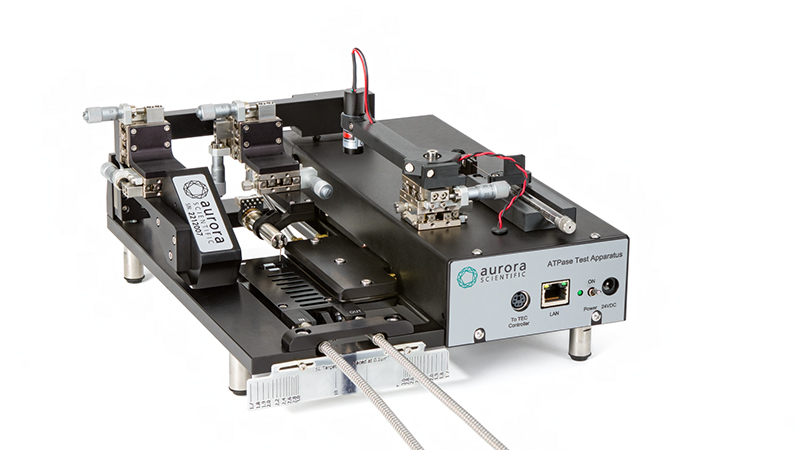
804A: Permeabilized Fiber ATPase Apparatus
The 804A ATPase apparatus was designed to enable physiology researchers to measure consumption of ATP along with contractile force and length changes of permeabilized fibers.
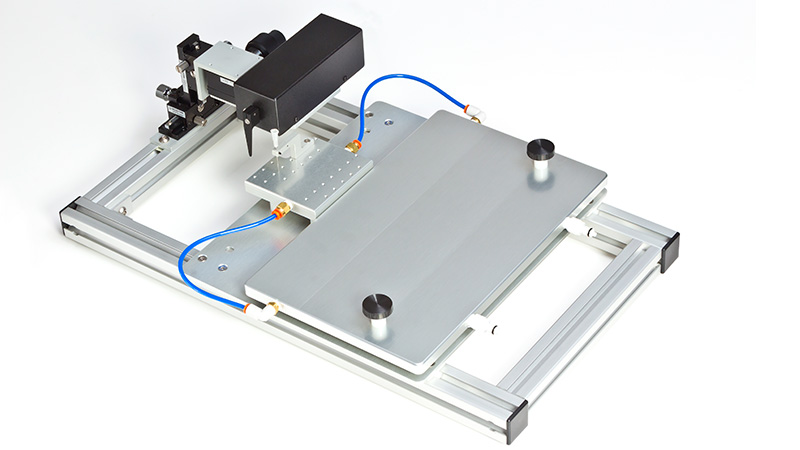
806D: in-situ Rat Apparatus
A beautifully designed, innovative apparatus for measuring in-vitro, in-situ and in-vivo muscle properties in rats
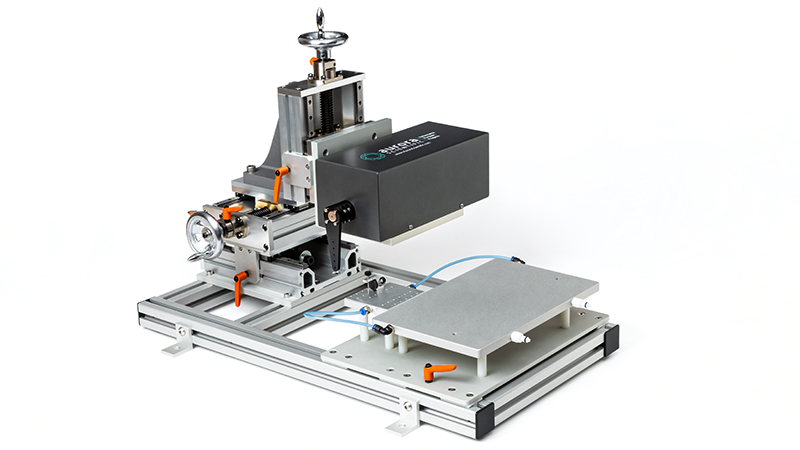
807B: in-situ Large Rodent/Small Animal Apparatus
Easily test in-situ muscle tissue dynamics in large rodents and other small animals
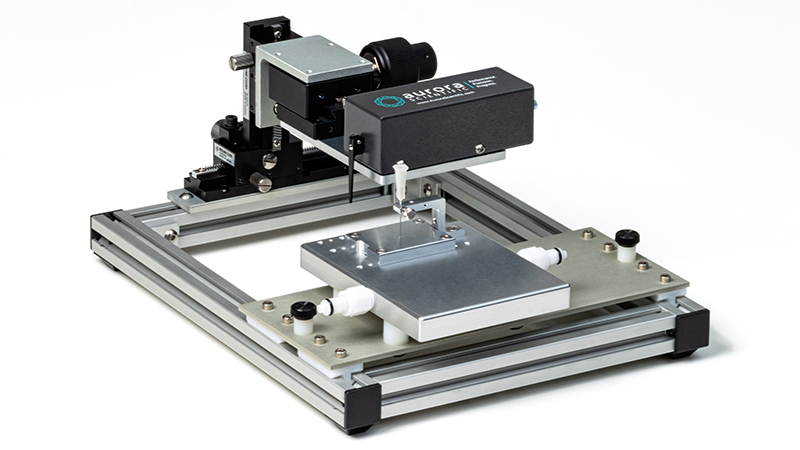
809C: in-situ Mouse Apparatus
A beautifully designed, flexible apparatus for easily measuring in-vitro, in-situ and in-vivo muscle properties in mice
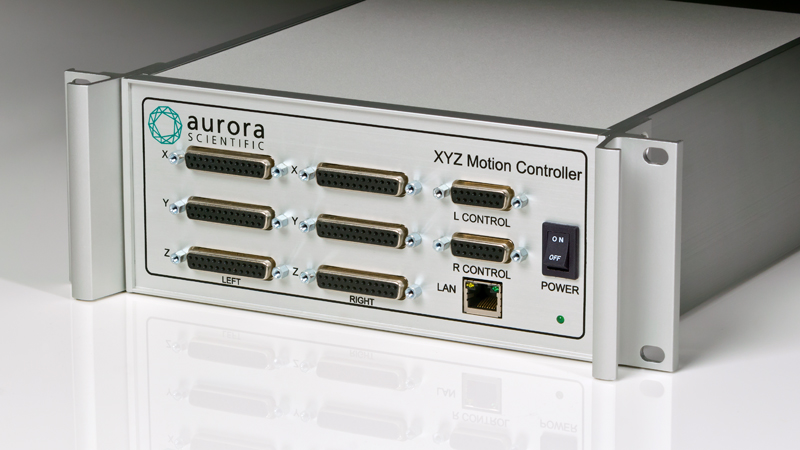
820A: Dual XYZ Motion Controller
Closed-loop control of motorized stages to easily perform complex micro positioning with stunning precision
Content for the Muscle Physiologist
Best of 2025: Pushing Scientific Boundaries
Continuing our annual end-of-year tradition, this year’s final publication review spotlights the standout studies that captured the imagination of the field, pushing the boundaries of sensory ...
Advancing Sarcopenia Research: CUHK Lab Unveils Early NMJ Deficits in Aging with Aurora Scientific’s 1200A
Recent interview with Louis Cheung, PhD and Can Cui, PhD from the CUHK Department of Orthopaedics and Traumatology about Sarcopenia and NMJ Function in ...
Calling in Reinforcements: Tube Repair of an ASI 400 Series Force Transducer
A step-by-step tech cast on how to perform a tube repair for Aurora Scientific's 400 Series Force Transducers, Katherine will share tips, tricks and best practices for best ...

